Common name: English elm
Scientific name: Ulmus procera
Family: Ulmacaea
Origin: native
Once growing to lofty heights, the elegant English elm used to dominate the landscape. Now this ancient symbol of melancholy and death is a rare sight, having been decimated by Dutch elm disease.
Common name: English elm
Scientific name: Ulmus procera
Family: Ulmacaea
Origin: native
Mature trees grow to 30m and can live for more than 100 years. The bark is grey brown, rough and fissured, often with suckers growing from the base of the trunk. The twigs are finely hairy. Buds are oval, pointed and hairy.
Look out for: the distinctive asymmetric leaf bases common to all elms. Leaves are rough to the touch on the top surface.
Identified in winter by: the sparse reddish hairs on buds and twigs. Each bud is above a leaf scar.
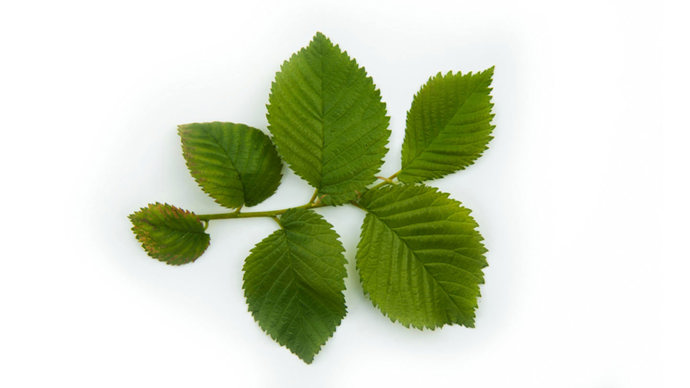
Credit: Brian Legg / WTML
Smaller than those of the wych elm at 4–9cm in length. They are round to oval, toothed with a rough, hairy surface. They have the characteristic asymmetrical base that other elms have, and taper to a sudden point at the top.
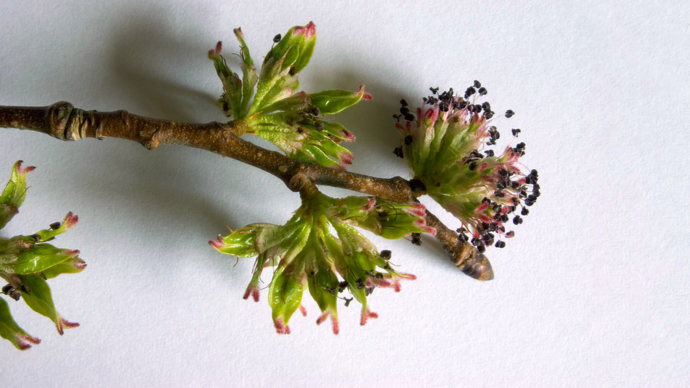
Credit: Victor George / Alamy Stock Photo
English elms are hermaphrodites, meaning both male and female reproductive parts are contained within the same flower. Flowers are dark pink to red and hang in tassels, appearing between February and March.
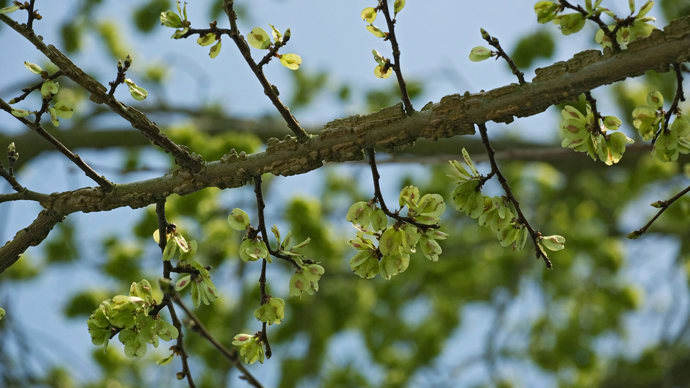
Credit: Bob Gibbons / Alamy Stock Photo
Once they’ve been pollinated by wind, the flowers develop into tiny winged fruits, known as samaras. These are dispersed by wind.
Other elms or hazel (Corylus avellana). English elm has fewer serrations along the leaf margin which helps tell it apart from wych elm (Ulmus glabra).


Download our free Tree ID app for Android and iPhone to identify the UK's native and non-native trees. It's an A-Z tree guide in your pocket.
Elm grows best in well-drained soil in hedgerows and woodland. It can usually tolerate a range of pH levels in soil.
English elm once dominated the British landscape but has been ravaged by Dutch elm disease since the 1960s. Now it is only found occasionally in hedgerows or woodland, mainly in England and Wales.
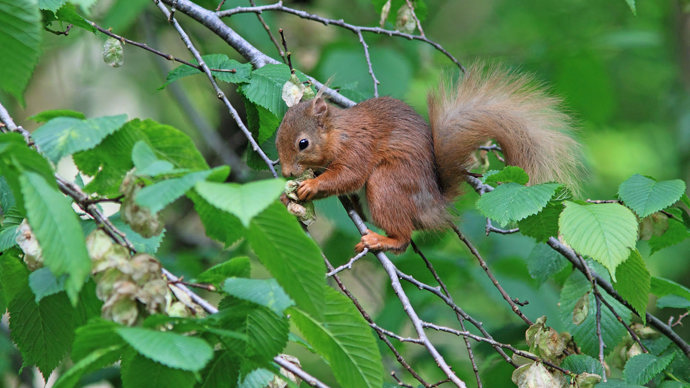
Credit: Albaimages / Alamy Stock Photo
Many birds and some small mammals eat elm seeds and the leaves provide food for the caterpillars of many moths, including the peppered, light emerald and white-spotted pinion moths. Caterpillars of the white-letter hairstreak butterfly feed on elms and the species has declined dramatically since Dutch elm disease arrived in the UK.
Elms were dedicated to Morpheus, the god of sleep.
Elms used to be associated with melancholy and death, probably because the trees can drop dead branches without warning. Elm wood was also the preferred choice for coffins.
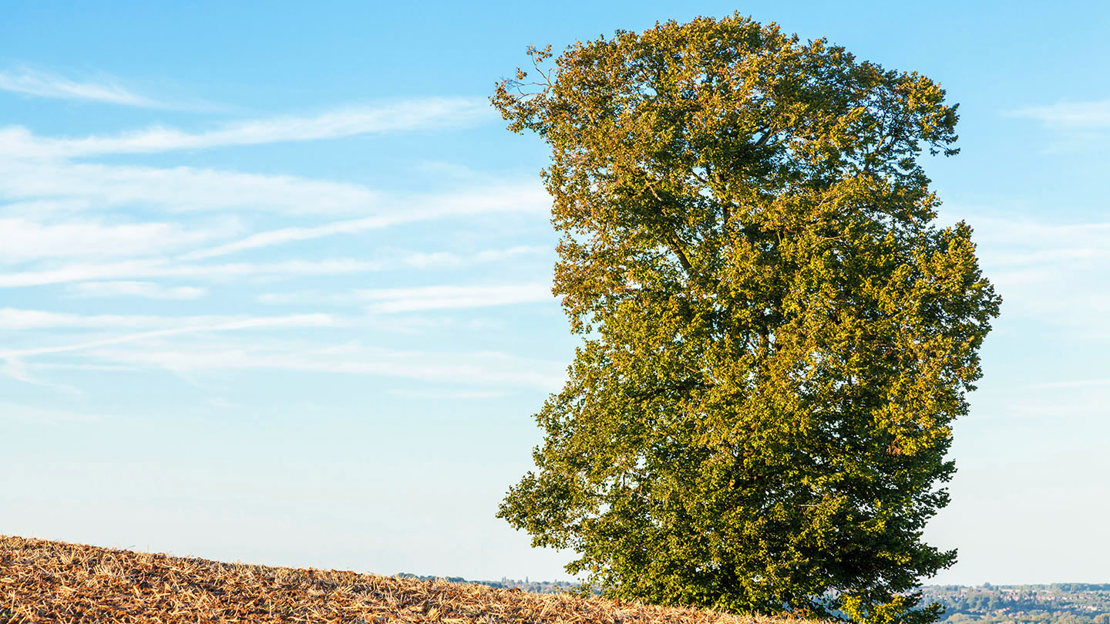
Elm wood is strong and durable with a tight-twisted grain, and is resistant to water. It has been used in decorative turning, and to make boats and boat parts, furniture, wheel hubs, wooden water pipes, floorboards and coffins.
Elms are highly susceptible to Dutch elm disease, a fungal disease which devastated populations since it arrived in the UK in the 1960s.
They can also be affected by galls from aphids, which migrate from fruit cultivated trees.